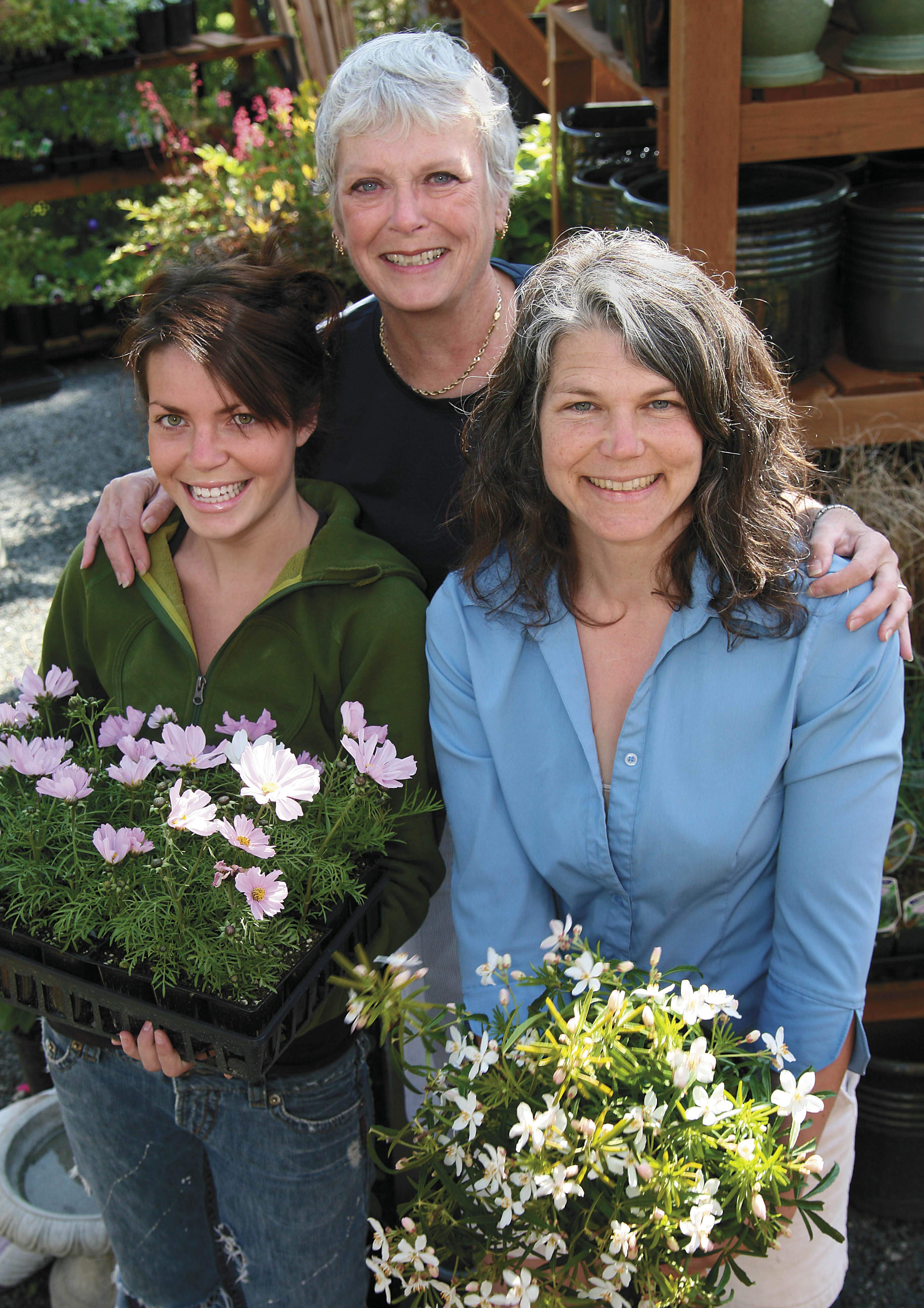
I have been busy this Spring, planning the move, renovating the new site, running the current store location,.... and growing daylily seedlings. The new store will have space for demonstration beds, so I have been having great fun on the lily auction.
I have been bidding on seeds and a few plants I think will be important for starting a breeding program. I plan on putting several hundered plants around my garden centre. I am hoping from these will get a few exceptional plants.
Hybridizing daylilies is relatively straight forward, and they are easy rewarding plants for gardeners of all levels. Daylilies have changed dramatically if you think of them as that orange flower that will grow anywhere, often the last plant hanging in in neglected old gardens. The Orange ditch lily ...the zucchini of the flower border, something a neighbour has donated because they were invasive but pretty has come a long way.
Many species of the daylily have been found in China and Japan. They are rarely found in today's gardens, as the new hybrids have far surpassed them in beauty, form, and color range. It was through the efforts of hybridises in the United States and England that great improvements in the daylilies have taken place during the last 75 years. Originally the only colours were yellow, orange and fulvous red, and today we have colours ranging from near-whites, pastels, yellows, oranges, pinks, vivid reds, crimson, purple, the elusive blacks and nearly true blues, and fabulous blends.
Daylilies are propogated by division, or may be hybridized and grown from seeds. Every seedling will be a unique individual taking on characteristics from it's parents and ancestors. If you have ever purchased a named variety daylily it was most likely a division divided from a mother plant, a clone of the plant that looks like it's name. If you cross two daylilies you will get a seedling that has never been seen before. They are just like our children, you will not know if they will look like great Uncle Bob, your sister, your Mom, you or Dad. They may have strong family resemblences or look completely different, strong, tall, short, Nobel Prize winner or bank robber, it's all genetic mystery, an arts and crafts of sorts, all we know is that they will be unique.
Some daylilies will have dominant desirable traits, and those are important to breeding lines. New traits are often recessive, and must be coaxed from the gene poole. Recessive traits can be linked to weak less beneficial genetics characteristics that through natural selection have been supressed. These qualities we find desirable must then be stabalized in a line, and crossed with strong plant qualities to create a good garden specimen. It can take many years to breed a plant worth becoming a named cultivar. There however are over 65,000 registered cultivars.
It is inexpensive to purchase seed from the lily auction, and a great way to collect a large variety of plants of varied genetic make up. If you want to buy plants they too can be cheap, the new release plants where important break throughs have been made can be very expensive. Plants can range in price from a few dollars to several thousand.
My budget and sense of adventure said seeds. I have seeds from plants out of my price range, amazing crosses that I can dream will pass on the best qualities from their parents and give me something new and spectacular.



